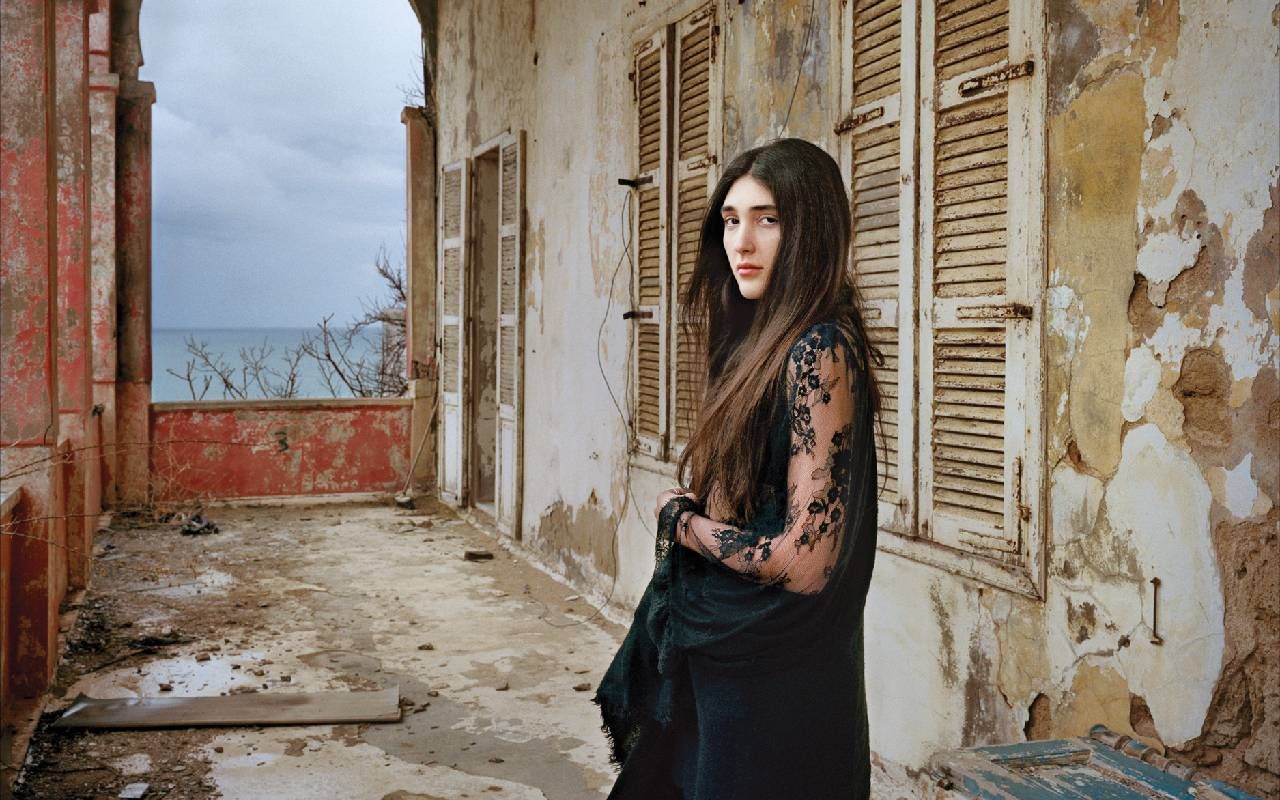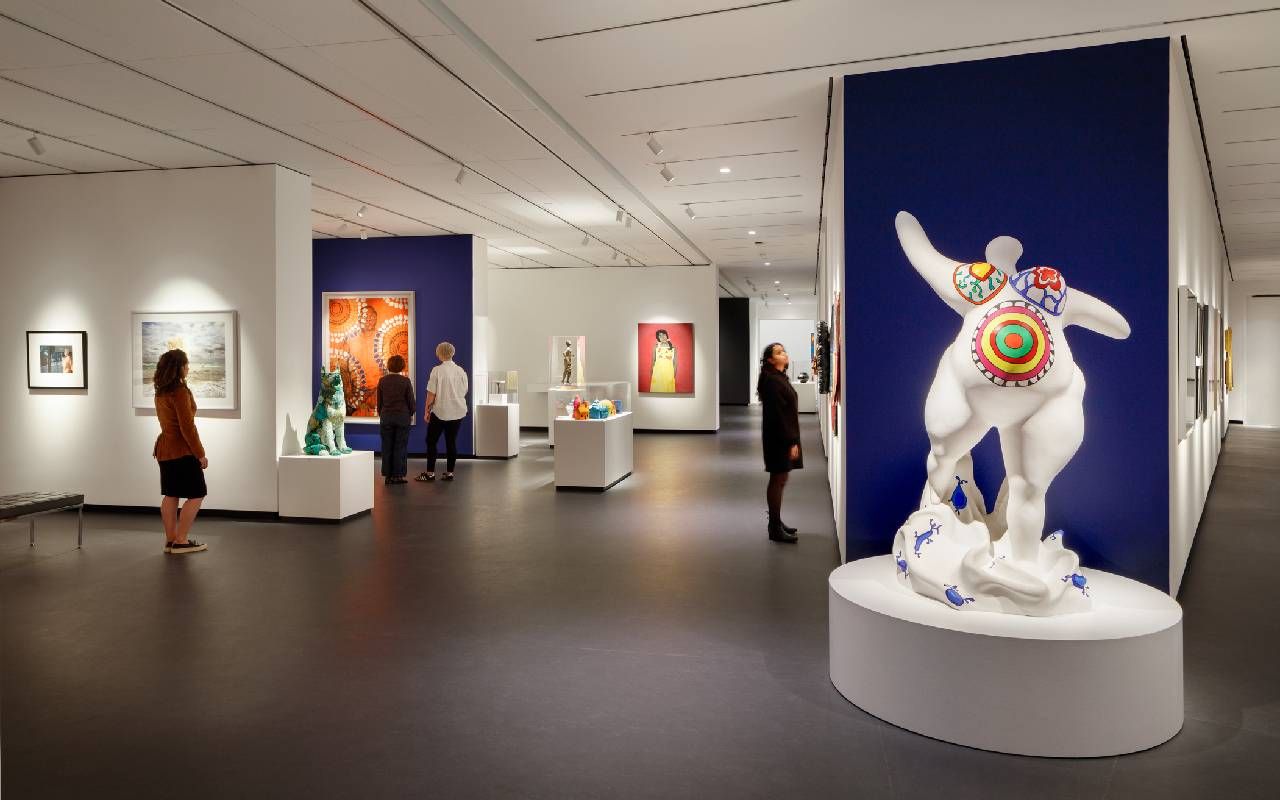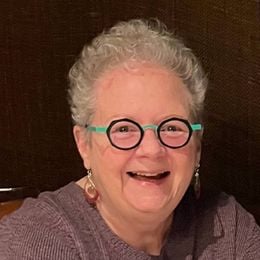The National Museum of Women in the Arts Revels in Its Renovation
Institution in Washington, D.C. is 'both a museum and a megaphone'
Museums seldom get the opportunity to reintroduce themselves, show how they've grown or illustrate fresh perspectives. The National Museum of Women in the Arts (NMWA) in Washington, D.C., is doing just that since its recent reopening after a two-year closure for renovation and expansion.
"This major renovation has allowed us to reimagine all of our spaces," said director Susan Fisher Sterling, 68. "We've added a Learning Commons, a new education and public programs studio and a resource center, and we've improved our performance hall and library. This is not for the sake of newness, but for the sake of our mission. We're both a museum and a megaphone, as we support women's artistic voices, amplify them and advocate for them."

The first museum dedicated solely to championing women through the arts, the NMWA was founded in 1981 by art collectors Wilhelmina Cole Holladay and Wallace F. Holladay. At first, the museum was in their home. In 1983, they bought a 78,810-square-foot structure built in 1908, and opened the museum there in 1987. Today, the NMWA's collections feature some 6,000 works created by more than 1,500 artists dating from the 16th century to the present day.
"Every work of art is by a woman, and we don't stick to traditional categories such as painting and sculpture."
"Every work of art is by a woman, and we don't stick to traditional categories such as painting and sculpture," Sterling said. "We have fiber arts, photography and video, and we exhibit everything thematically, not in chronology's stranglehold that devalues women and people of color. We create value across all types of art, nations and ethnographies — and that's an important way of changing the game, breaking the male-dominated canon, and trying to do it creatively."
About that male-dominated canon: "People in the art world want to think women are achieving parity faster than they are," Sterling said, "but progress is really slow." Artnet News reported four years ago that "just 11 percent of all acquisitions and 14 percent of exhibitions at 26 prominent American museums over the past decade were of work by female artists."
Sculptor Looks for 'Feelings' in Her Materials
The museum's collections include paintings by Frida Kahlo, Lee Krasner, Berthe Morisot, Faith Ringgold, Amy Sherald, Alma Woodsey Thomas, Suzanne Valadon and Élisabeth Louise Vigée-LeBrun; sculpture by Magdalena Abakanowicz, Sarah Bernhardt, Chakaia Booker, Louise Bourgeois, Judy Chicago, Dorothy Dehner, Barbara Hepworth and Louise Nevelson; drawings and works on paper by Mary Cassatt, Elizabeth Catlett, Käthe Kollwitz and Maria Sibylla Merian; photographs by Louise Dahl-Wolfe, Lalla Essaydi, Nan Goldin, Gertrude Käsebier and Shirin Neshat; and videos by Dara Birnbaum, Mwangi Hutter and Pipilotti Rist.
To date, the NMWA has presented more than 300 exhibitions. Petah Coyne, 70, has three works in "The Sky's The Limit," a contemporary sculpture exhibit on display through February 25. Coyne's pieces are "Untitled #1273 (The Age of Innocence)," "Untitled #1458 (Marguerite Duras)" and "Untitled #1563 (The Bluest Eye)." Coyne's multi-layered sculptures are crafted from such materials as wax, silk flowers, glass globes, ribbon, pearl-headed hat pins, cotton archival fabric, wire, cable, chicken-wire fencing, shackles, Velcro, thread and plastic.
"I look for 'feeling' in the materials and then build from there," Coyne said. "When I understand what I am working with, how it acts, its likes and dislikes, its limits, its differences, then I can really see where it comes from within me, and only then can the story I want to tell really be told to an audience."

Coyne recalled that as a child, her mother would send Coyne and her siblings out to gather shells, pinecones and leaves for ikebana, the Japanese art of flower arrangement. In later years, Coyne hung pieces of the family silver and her great-grandmother's handmade linens from two big trees in a side yard.
"My mother was appalled," Coyne said, "but she let me experiment with materials, even if they were family heirlooms. Even then, I saw the fabrics, metals, and even the trees, as materials. I saw pretty much everything as materials for sculpture."
Coyne described working with the NMWA as "a dream." She said, "Much has been said about what it means, or how it is to be a woman in the arts, and even more to be a woman sculptor. One hundred years ago, it would not have been possible. To have my work in an institution with a mission to champion and advocate for women in the arts — well, it is pure joy."
Photographer Embraces Visual Symbolism
Three works by Lebanese photographer Rania Matar, from a series called "SHE" that Matar produced when her daughters left home for college, are part of the museum's collection. In "Rayven, Miami Beach, Florida," a young woman stands before the sea, her head turned to the side and her eyes closed. In "Yara, Cairo, Egypt," a young woman's body is entangled with the trunk of a banyan tree, her head bent and her eyes closed.
"I was her age when I left Lebanon in 1984, and this is almost a portrait of my younger self."
In "Lea #1, Beirut, Lebanon," a young woman is in a passageway at a dilapidated 19th-century mansion in Beirut overlooking the Mediterranean. Her level gaze seems to send a message. "Sometimes the gaze is important and in others, something else in the image takes precedence," said Matar, 59.
"Lea is looking at us, but her body is turning the other way, toward the Mediterranean Sea, as if symbolically torn in two directions. I was her age when I left Lebanon in 1984, and this is almost a portrait of my younger self. Her gaze commands your attention amid the ruins as you envision her stepping into her future."
Matar said her training as an architect influences her work, everything from "the full frame of the photograph, the lines, the placement of the women, the light, the environment, the backdrop, the colors, the sense of space, the texture — all contribute to making the picture what it is and to tell the full story of the woman and her surroundings."
She added, "As for the selection of the environment, I work closely with the women so that they have agency in the process and the narrative, and we create it all together. I hope that their identity shines through."
'This Is a Time That Calls Out for New Vision'
Matar noted that she is "beyond grateful and honored to have my images in the collection of a museum that celebrates women and their contribution to art. And also a museum that celebrates diversity!" That celebration of diversity — and diversity of thought — will be on display April 4 through Aug. 11 in "New Worlds: Women to Watch."

A collaboration between the NMWA and its global network of committees, "New Worlds" will showcase the work of 28 women. The NMWA presents the exhibit every three or so years, with the goal of bringing forward emerging and under-represented women artists. "That's the essence of the museum, in many ways," noted Sterling.
"The theme for the new show is to represent the vision of artists as they reimagine past or present alternative realities that inspire others to think about how the future could be different. This is a time that calls out for new vision of what the world could be."


